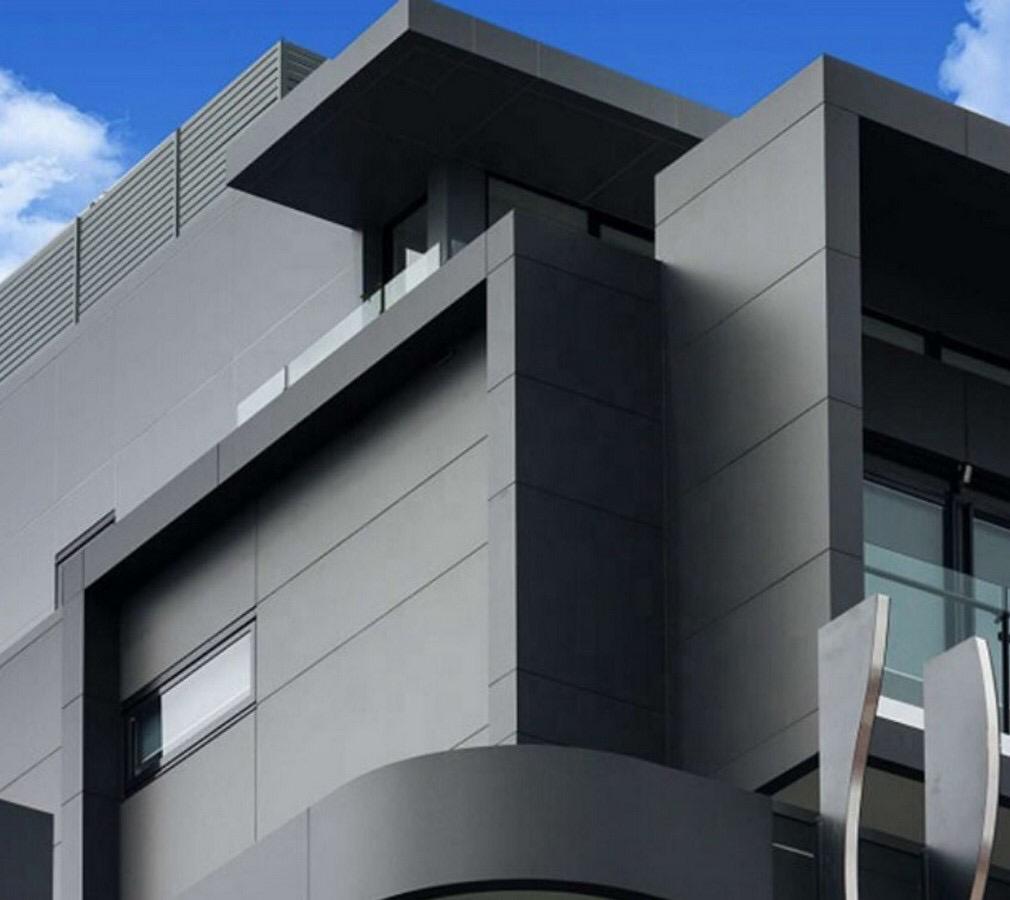
Wooden Floor Parqueting In Kathmandu Nepal
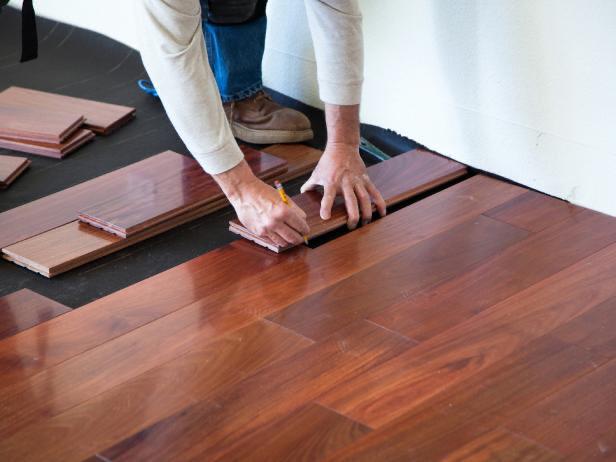
Floor parqueting
Parquet flooring is the mosaic of the wooden flooring world. Stylish, durable, and sustainable—a parquet floor is a statement in any home or modern apartment. Beautifully intricate and elegant, parquet flooring is the term used to describe the geometric patterns made from multiple wooden panels
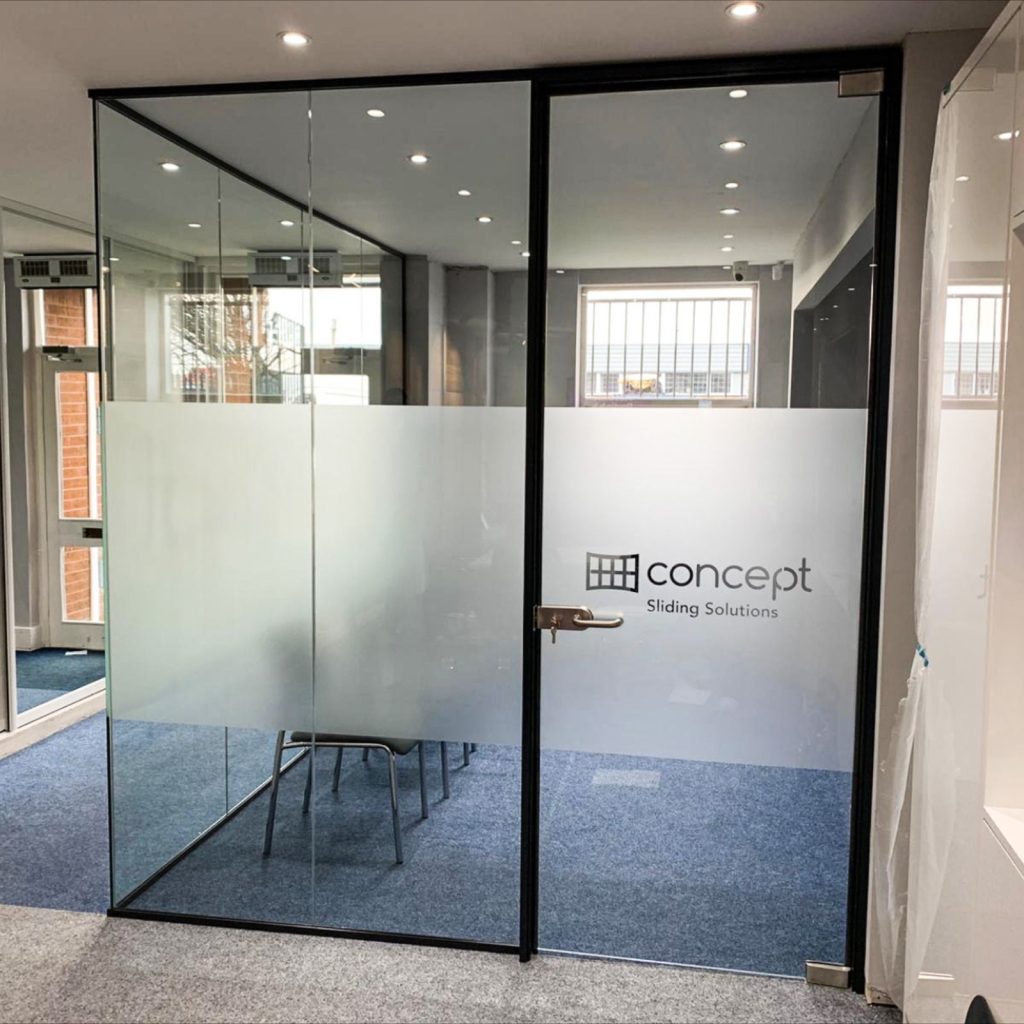
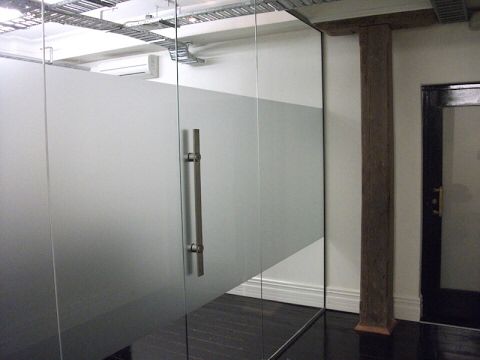
Toughen Glass Door
Toughened glass is a type of safety glass which is prepared to increase the strength of normal glass. The glass undergoes compression and tension through which, the glass breaks down into pieces. This can cause injuries and damage and thus, the toughened glass is used for making windows, doors, tables and such things used on regular basis. Toughened glass eliminated the possibility of injury and is constructed under strict supervision to ensure durability and strength.
Types of toughened glass:
There are different types of toughened glasses used in construction purposes. Glass is one of the materials which provide a lavishing and luxurious interior. Thus, huge industrial buildings, luxury homes, restaurants, hotels etc use toughened glass for windows and doors. Here are some of the most common and ravishing glasses used for construction purpose:
Clear toughened glass
Laminated toughened glass
Reflective toughened glass
Tinted toughened glass
Frosted toughened glass
These are the most common types of toughened glass types which are used for ravishing and unique interior. Laminated toughened glasses are stylish, uniquely designed and scenic. Frosted glasses are widely used for bathroom doors reflective glass is used for mega industrial projects and buildings, while clear glasses are used for multiple purposes. For the toughened glass, there are several types of glazing available in the market. The glazing’s are single glass glazing, double glass glazing and triple glass glazing for different purposes.
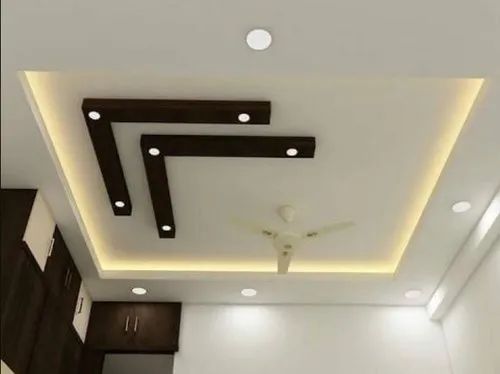
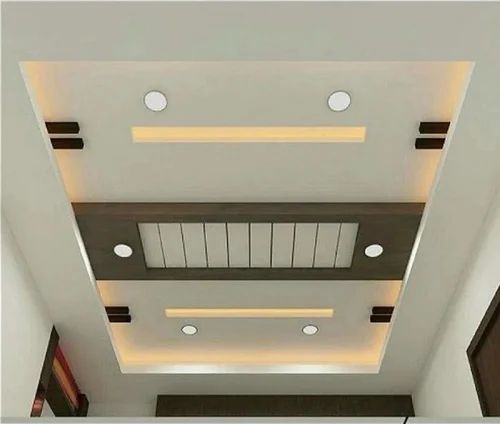
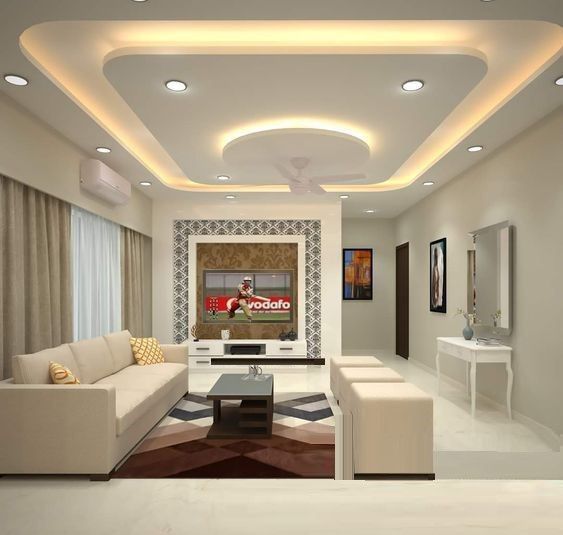
False celling Services in Kathmandu Nepal
False ceilings are often secondary ceilings that are hung below the main ceiling with the help of suspension cords or struts. These ceilings are crafted from a wide range of materials such as POP (plaster of Paris), gypsum board, asbestos sheets, particle board, aluminium panel, wood etc. They are also known as dropped ceiling or suspended ceiling.
It is very easy to install false ceiling with the help of right kind of tools and skilled professionals.
False ceilings gives a smooth surfaces and covers undulations in the slab concrete etc.,
It is economical and flexible in design
A false ceiling hides the duct work, pipes and electrical wires giving the ceiling a clean and finish look.
It is good for sound absorption and in acoustic
In case of repair it is easy to rearrange the panels or repair the gypsum board
The general advantage that everyone is familiar with is – it improves aesthetical appearance and proportion of interior spaces but this benefit is just the tip of an iceberg as there are a whole lot of benefits that false ceiling provides few of them are listed below:
Hides ducting and other structural elements that hinder the beauty of the room.
Works as a heat insulator.
Works as an acoustical barrier by reducing echo problems. (Especially in theatres, conference halls, auditorium etc.)
Performs as an anti-microbial element (required specially in health care centres, hospitals and clinics).
False ceiling can also act as a fire separator if the material used in making ceiling tiles are mineral fibre or fire rated wood panels.
The space left between struts and ceiling tiles acts as a duct which carries all the wiring and hidden lighting system.
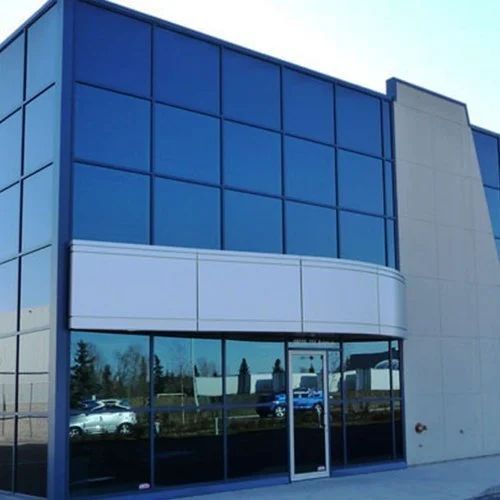
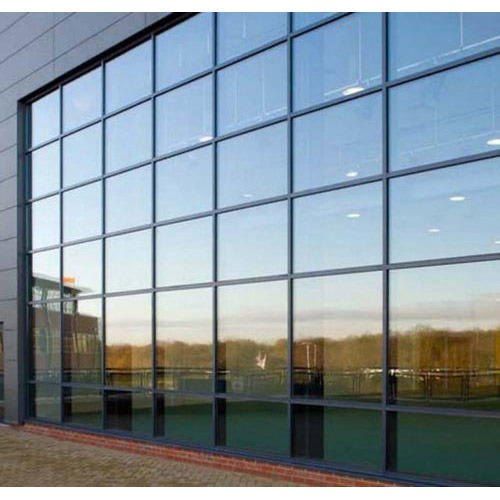
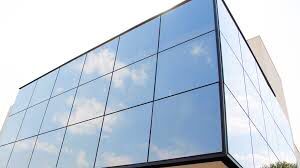
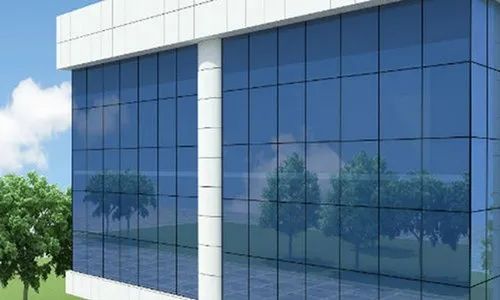
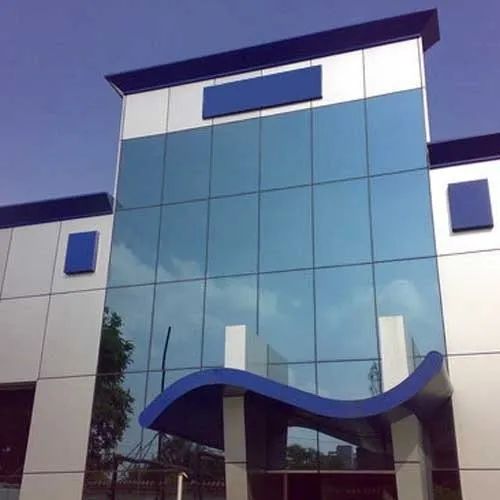
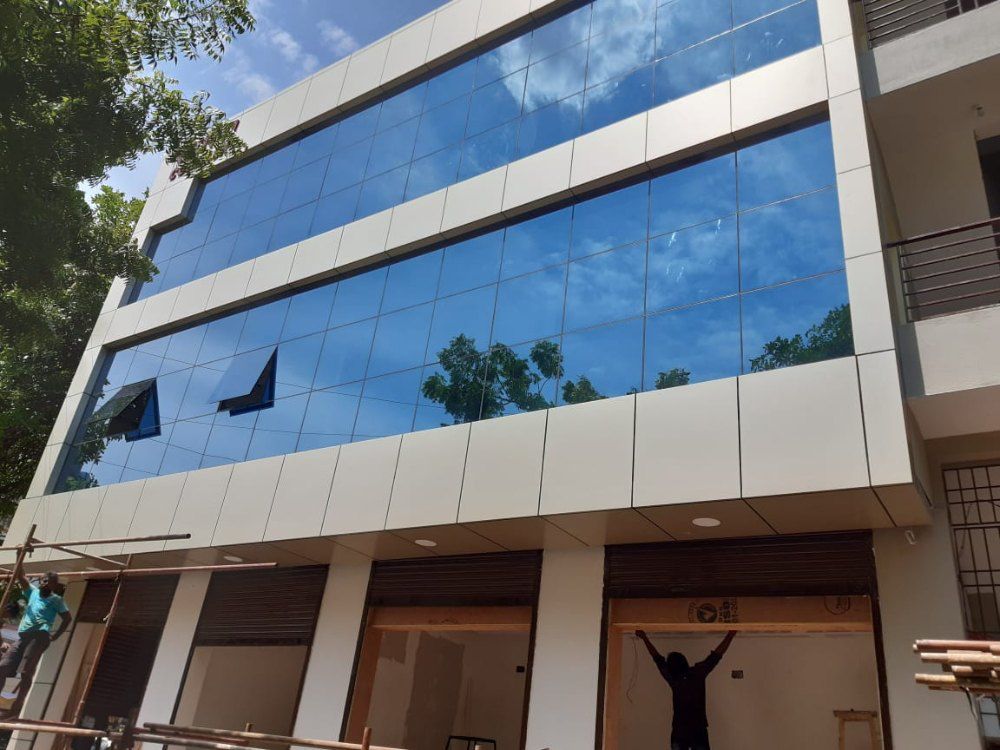
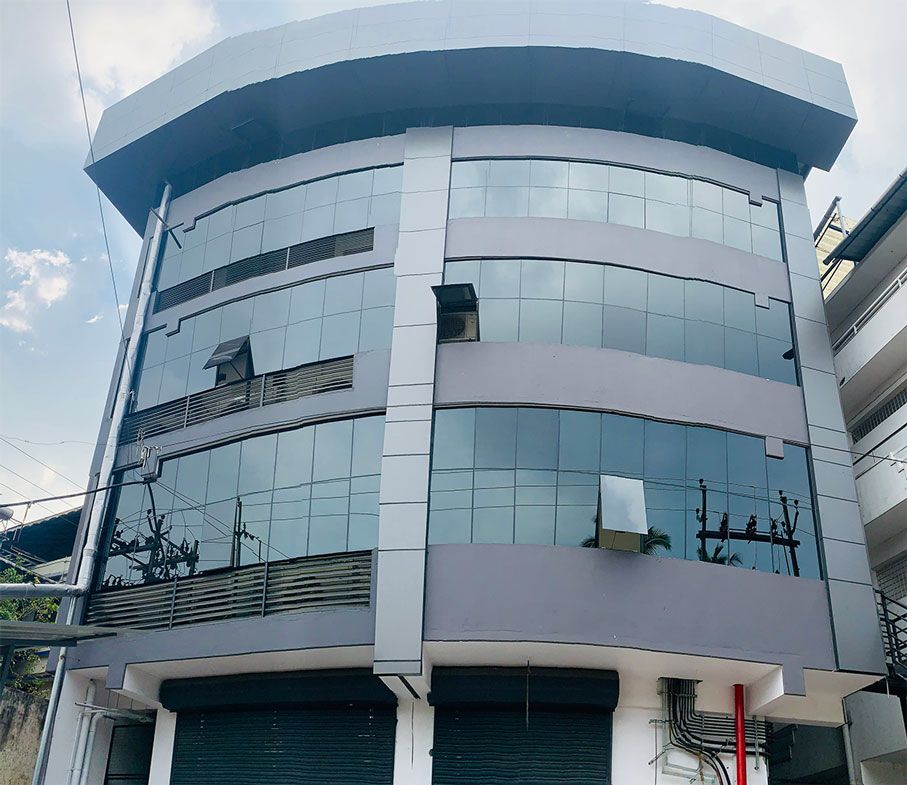
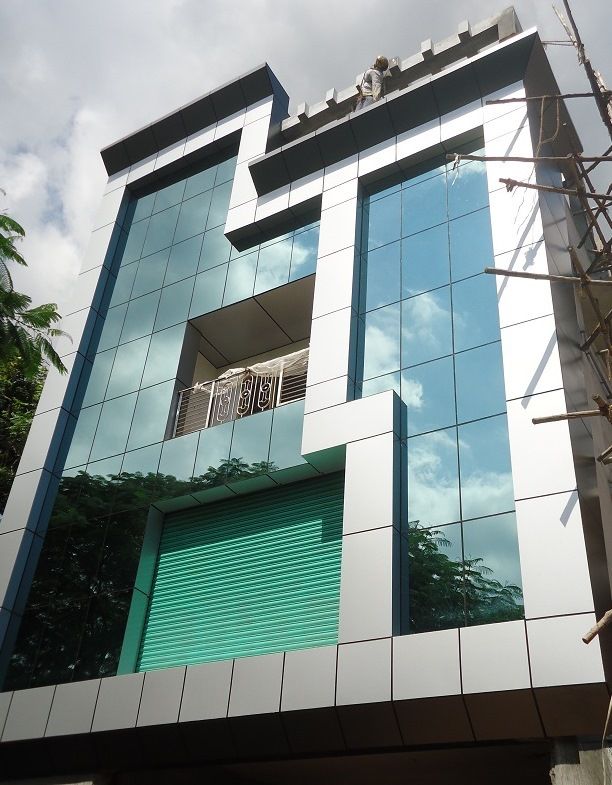
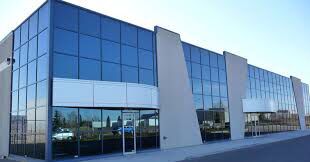
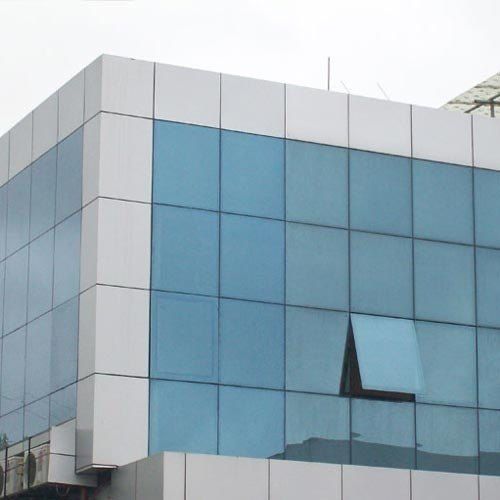
Glass Glazing Services In Kathmandu Nepal
In the world of construction, glazing refers to the installation of glass in windows, doors, or any other fixed opening. Glazing can be referred to as any and all the glass within the structure or the installation of any piece of glass within a sash or frame. In the world of construction, glazing refers to the installation of glass in windows, doors, or any other fixed opening. Glazing can be referred to as any and all the glass within the structure or the installation of any piece of glass within a sash or frame. The way that you refer to glazing will depend on whether you are talking about a specific piece within a project or the entire project itself.
Glazing Methods
Dry Glazed Method
Rubber gaskets or structural tapes are often used for dry glazing and those elements are compressed in place, well in advance, on either side of the glazed element. The panels themselves are then glazed from either the interior or exterior, depending on the system that is being used.
Wet Glazed Method
An adhering agent, like structural silicone, is applied to an aluminium frame before the window panel is put into place. The silicone creates a bond between the panel and the frame, and this work is best done inside where dust is minimally present. The reason for this is any dust will prevent the adhesive from working as well as it should.
Pointed Support Glass Systems Method
The pointed support glass system has worked quite well since the 1960s, and while some adjustments have been made, the basic concept is still the same. Tempered glass has holes in it and those holes are used to attach bolts through. The downside to this method is that the bolts do cause obstructions in the view and it is not as visually appealing to the eye.
Cable Net Method
The glazing method called cable net can be quite costly and it can take a lot of time to install properly. However, the results offer amazing views and a luxurious look for any building.
Double Skin Wall Method
The double skin wall is quite a complex glazing method and it consists of two layers of glass or façade. The space between the two layers uses the energy from the sun to create warm air that is then ventilated throughout the building.
Glazing Types
Float Glass
The process of using molten glass to create large and thin flat panels is called float glass. These pieces are floated on what is normally a piece of tin and the result is a smooth sheet that has a consistent thickness.
Annealed Glass
The float glass mentioned above can get very hot, but when that glass is cooled in a very controlled and slow manner, it becomes annealed glass. This reduces the internal stress in each piece of glass and the sheets of glass become even stronger. The one downside to using annealed glass is that when it does break, it does so in large jagged pieces. Those pieces are quite dangerous and can lead to many accidents if a person happens to be in the wrong place at the wrong time.
Heat Strengthened Glass
Heat-strengthened glass is basically annealed glass that has been reheated to approximately twelve hundred degrees Fahrenheit before being cooled down very slowly. This causes durability that is twice that of annealed glass. When heat-strengthened glass is used in buildings, it still may need to be laminated to prevent injuries if the glass breaks.
Fully Tempered Glass
Fully tempered glass is the heating of annealed glass, but it is cooled down much faster than heat-strengthened glass. Therefore, the internal section of the glass is fluid for a longer period of time that the outside surface. The fluidity of the inner section ensures that this glass is four times as strong as annealed glass. Fully tempered glass is often used as safety glass because it is the one kind that shatters into tiny pieces that look like granules. This reduces the risk of injury tremendously.
Laminated Glass
Two layers of glass, or more, are fused together with a layer of polyvinyl butyral, or PVB, in the middle for laminated glass. The fusion is completed with pressure and heat and it prevents the sheets of glass from breaking. While some pieces of glass might end up breaking into larger pieces, those pieces will stay together with the help of the PVB layer.
Wired Glass
Wire mesh is placed in between the layers of glass and causes those layers to stay together in a wired glass better than they would with PVB. Glass that uses this type of glazing is often considered fire resistant glass because the glass will not shatter if high temperatures cause it to break.
Low Emissivity Glass
Low emissivity glass is also referred to as low-e glass and its main purpose is to reflect long wave infrared radiation. The coating used is normally tin or silver and it helps keep the temperature inside the building consistent.
Self-Cleaning Glass
Self-cleaning glass has a transparent coating applied to it and that coating reacts to the rays of the sun to break down any dirt that builds up on the outside of the window. The dirt that breaks down is then washed away every time it rains.
It is imperative that you choose the best glazing method, as well as the best glazing type, for every construction project that you do. While one method may work best on one building, it may not work as well on every other building that you construct. The same holds true for the glazing types, so you must do your research prior to starting the project.
The amount of glass that you are using for each project will determine exactly what you need, as will the wants and needs of your client. If they want a wall full of glass windows, then you must determine which method and glazing type will work best for their needs.
What you decide may not be the easiest method for you to do, but then you must figure in the extra work when you create your budget. That is why it is imperative that you know exactly what you need to do when it comes to glazing before you submit your bid because it can be very easy to misquote glazing and end up going over budget. So, ask questions and make sure you are on the same page before any contracts get signed!
Hopefully, you now know everything that you need to about glazing in construction and that you can now change how you approach this part of the building process in the future. After all, if done properly, you can save your clients thousands of dollars in energy bills, while making their buildings look better than they planned.
Dinner

Salmon Maki Special
Salmon in toasted nori.
Ingredients: Lorem, ipsum, dolor, sit, amet.
$1

Tofu Katsu Curry
Served with steamed rice. Suitable for vegans.
Ingredients: Lorem, ipsum, dolor, sit, amet.
$1

Sashimi Special
Served with miso.
Ingredients: Lorem, ipsum, dolor, sit, amet.
$1
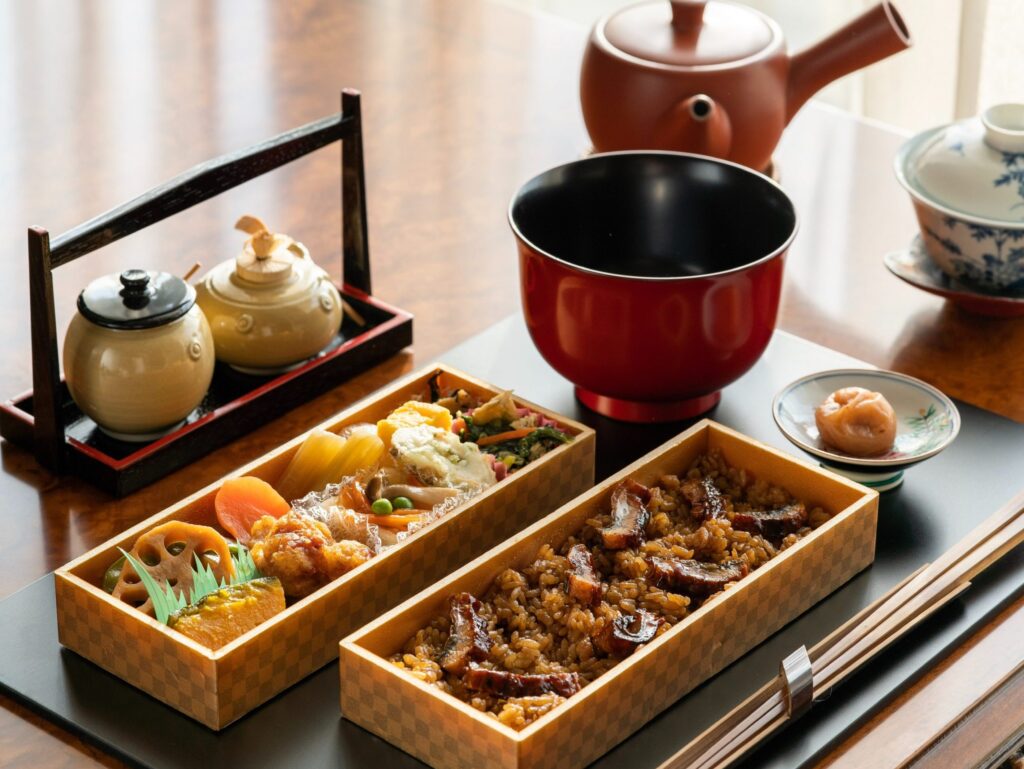
Eel Bento
Grilled unagi with sweet soy sauce.
Ingredients: Lorem, ipsum, dolor, sit, amet.
$1
Dessert
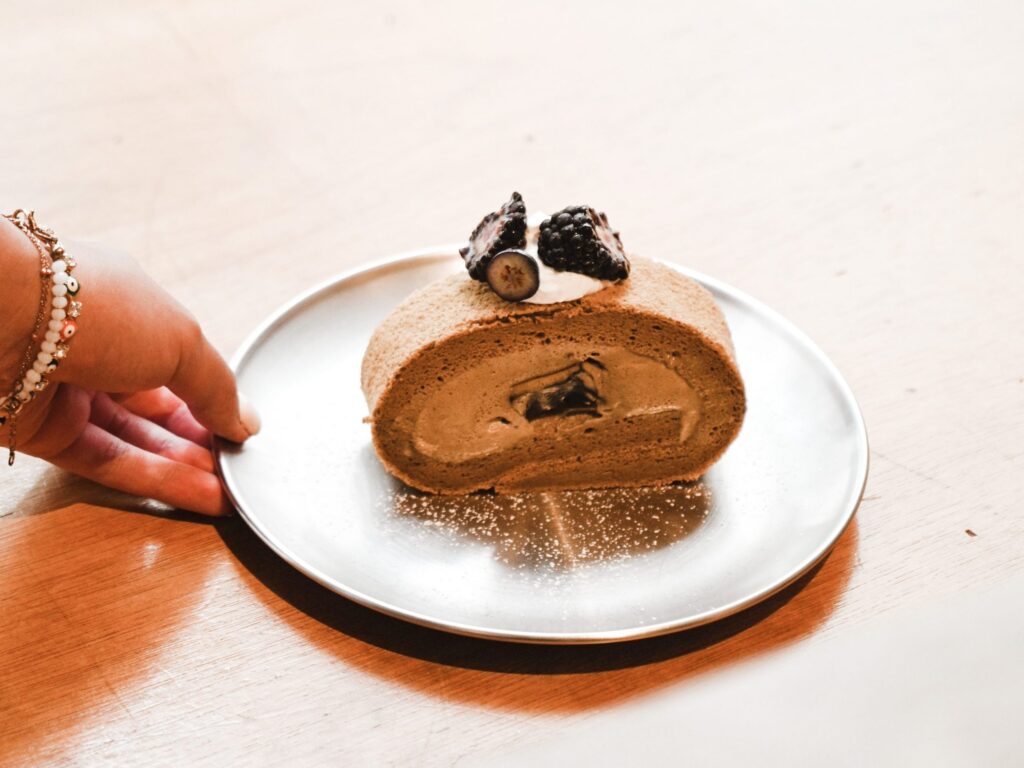
Moist Chocolate Cake
Served with fruit.
Ingredients: Lorem, ipsum, dolor, sit, amet.
$1
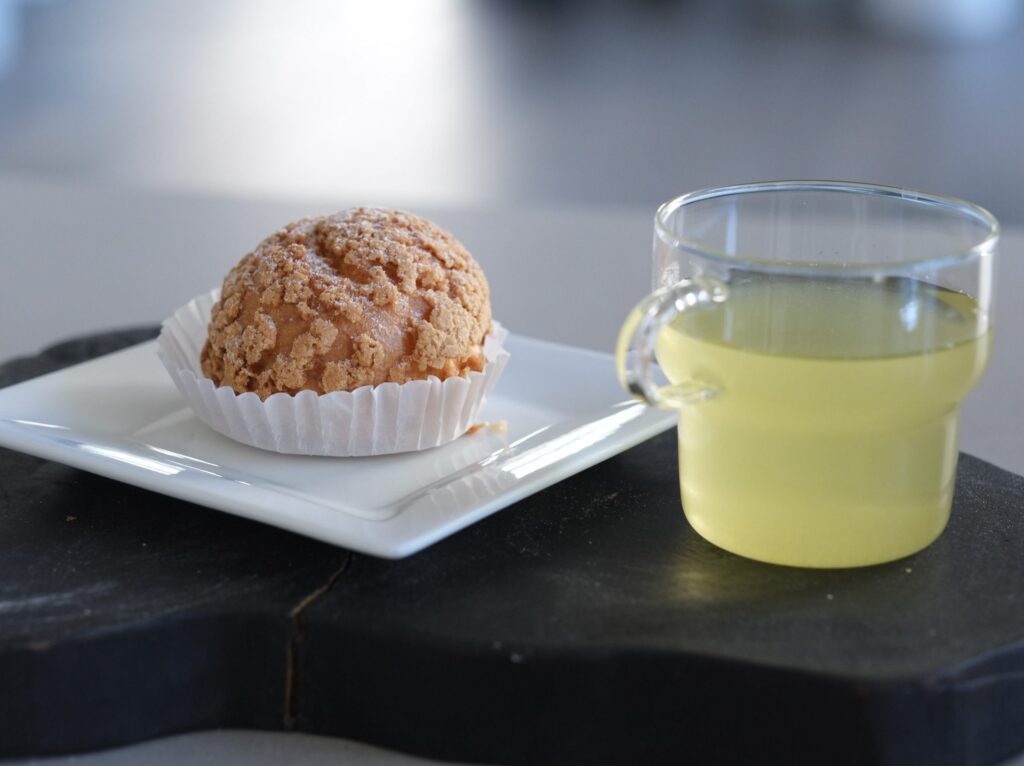
Japanese Cream Puff
Served with green tea.
Ingredients: Lorem, ipsum, dolor, sit, amet.
$1